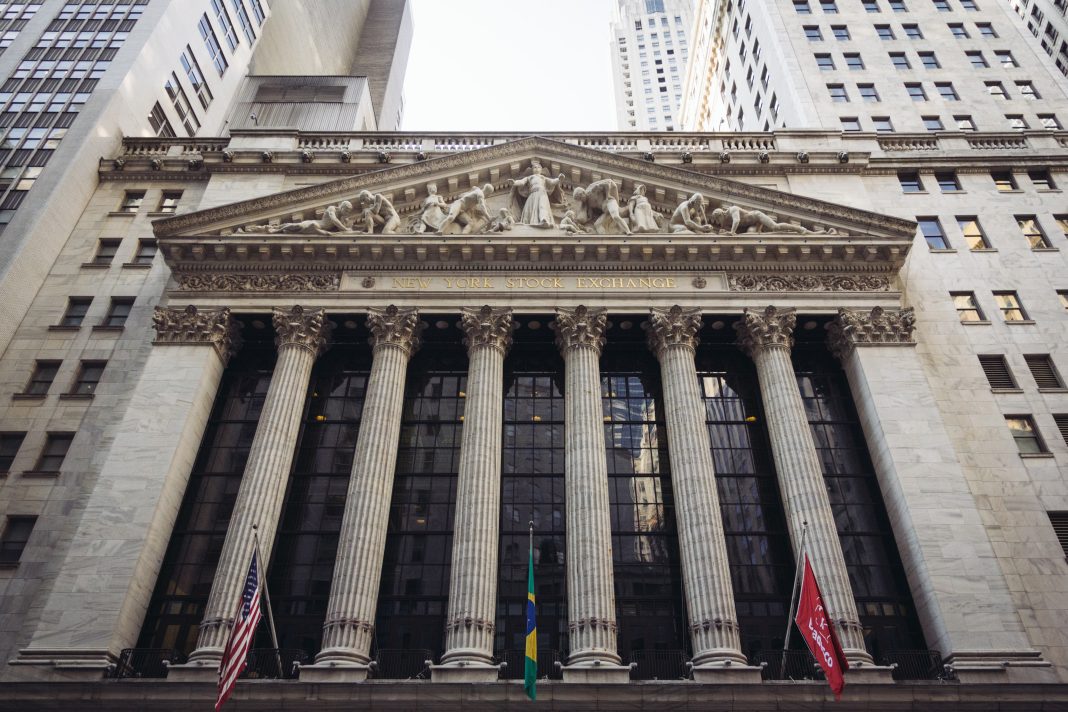The current economic situation is certainly not among the most favorable. As discussions surrounding the debt ceiling become more than a purely hypothetical scenario and lawmakers appear unsure of the best strategy they should use, the general public has been warned that the results of a default would be bleak.
Worldwide effects
If the United States defaults on its debts, the American economy is not the only one that would be impacted. In fact, the repercussions would have global effects, and the entire world would be plunged into recession. The crisis will also not be resolved quickly, meaning economies will be weakened for a long time. This will directly contribute to a growth slowdown for both developed and emerging markets.
When the US stock market slumps, there’ll be an immediate decline in real GDP. The unemployment rate will rise by approximately 5%, as nearly 2 million jobs will be lost, particularly in the financial sector. If the default was to last longer, into the summer or even beyond, the number of lost jobs could reach a staggering 7.8 million. Around $10 trillion would be lost in household wealth, and the unemployment rate would approach 8%.
Filing for bankruptcy
As of April 2023, the rate at which businesses have been filing for bankruptcy was higher than during the peak of the pandemic. The figures had already been on the rise since March, but banking turmoil has exacerbated the issues. The possibility of a credit crunch is also looming in the background. This means credit conditions suddenly become more complicated due to stringent loan requirements. The leading causes for credit squeezes are rises in interest rates, as well as reductions in credit availability.
If you believe your business will be impacted, you should contact a Fort Worth Bankruptcy lawyer. With over sixty years of experience in insolvency, they know the best way to deal with several aspects of the situation, including litigation, as well as creditors’ rights and committees. Small businesses are particularly susceptible, as regional and community banks were affected.
Causes and solutions
Currently, nearly 30% of the global economies are at risk. Ghana, Zambia and Sri Lanka are already in default, and the numbers are expected to grow, meaning that urgent action is needed. The crisis combines several aspects, including energy and food prices, as well as debt and economic inequality. Many lower-middle-income countries had to take on a significant amount of debt due to a lack of other alternatives.
When it becomes unaffordable, the only solution is for the debt to be restructured. However, this has become even more difficult than a few decades ago, during the Latin American debt crisis of the 1970s and 80s.
The important thing now is not only to solve the current problems but also to find ways to avoid similar events in the future by creating more sustainable and resilient economic systems. Facilitating development and helping nations improve their ability to repay their debt is crucial to prevent not only immediate issues but guard against long-term ones as well.



